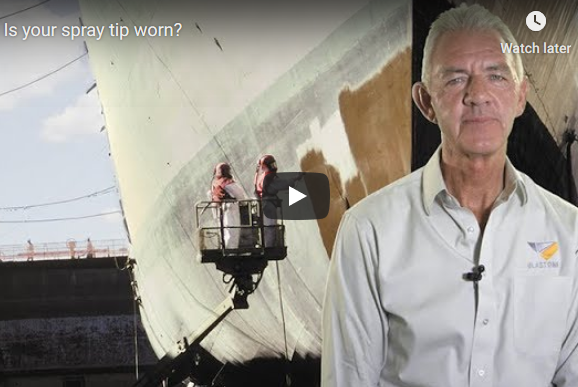Step 1: Read the MSDS
The Material Safety Data Sheet may detail specifics on how the coating should be mixed. Take time to understand any recommendations provided by the manufacturer.
Step 2: Check batch numbers and paint temperatures
Before you mix any paint, check your batch number to make sure the material is within the expiration date. If it is outside the date range, check with the supplier to ensure it’s still usable.
If the paint has not expired and is usable, verify its temperature before starting. The MSDS will list both storage and usage temperatures. Ignoring these can cause mixing and curing problems.
Step 3: Will there be Pre-mixing?
Pre-mixing has two further considerations:
- Will your A and B components need to be pre-mixed separately or can they be combined?
- Will you be mixing a full pack or partial pack? Tip: When mixing partial packs, accurate measurement is necessary. We recommend measuring by weight.
Step 4: How to Mix
When mixing be careful to not introduce air into the paint. Should the air be humid you could also be introducing moisture from the environment which may be detrimental to the coating. Selecting the right mixing blade can make a difference regarding adding air and moisture. BlastOne recommends the Jiffy Mixer which has two blades and works very well.
Secure the drum to stabilize the pot; either between your feet or by using a drum clamp. A natural vortex is typically created with mixing paint. To prevent the vortex from creating spirals which infuse air, bubbles, and possibly moisture, we recommend your mixing blade move in the opposite direction of the vortex.
Once mixing begins, work your way up from the bottom, scraping the drum’s bottom and then working your way slowly up the sides. Reduce speed as you near the top.
Step 5: Blending Parts A & B
Having completed Step 3’s pre-mixing recommendations, it is now time to blend Part B into Part A. It is often advisable to continue to mix at high speeds for an additional 2 minutes once the coating visibly appears to be mixed.
Step 6: Adding Solvent
Solvent should always be added AFTER Step 5 blending. Never beforehand. Solvent drops the shear and it’s no longer possible to perform high energy mixing.
Step 7: Pumping the paint
It’s important to never pump from the mixing container so as to avoid integrating the traces of unmixed material remaining on the drum sides.
It’s also important to be mindful of the respective pot life from which you are pumping. If the pot life is 60 minutes, you will need to change your drum each hour or the paint will produce lumps which won’t cure. Eventually you will have to change the whole pump.
Safety Warnings:
Mixing paint is widely recognized as creating a potentially explosive environment. In Australia it’s classified as Class 1 Zone 1 which requires using an Air Drill as well as ensuring your work complies with safe, flammable liquids handling practices. Some of these precautions include:
- Use only metal drums, never plastic pails.
- When mixing, stay grounded. Mix on the ground or concrete floor, do not mix on a timber pallet.
 My Account
My Account





